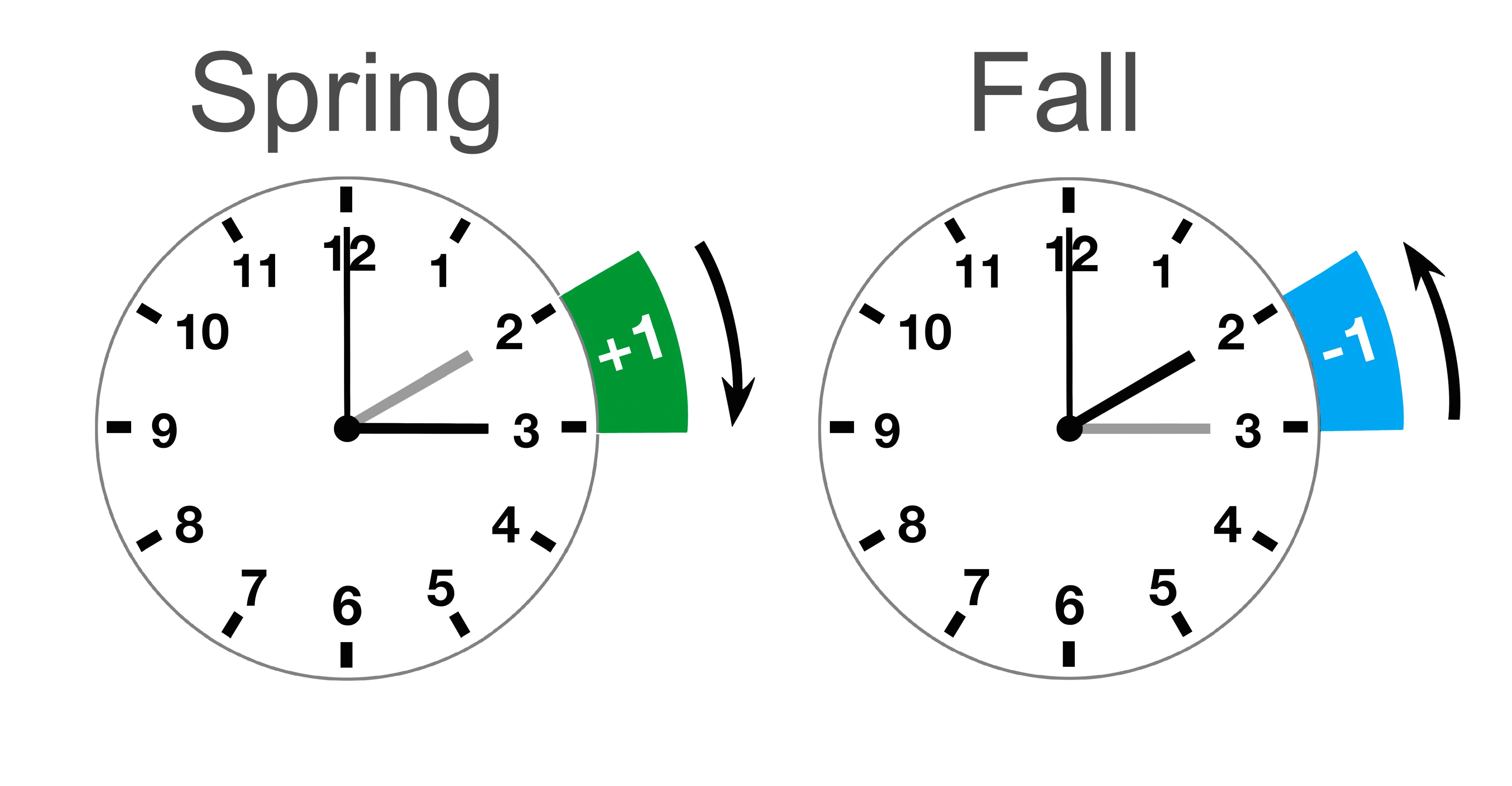
The bi-annual time change is a ritual that many of us dread, as it can disrupt our sleep patterns, affect our productivity, and even impact our overall health. However, understanding when the time change happens and how it works can help us prepare and make the transition smoother.
The time change, also known as daylight saving time (DST), typically occurs twice a year: once in the spring when we "spring forward" and lose one hour, and once in the fall when we "fall back" and gain an extra hour. The exact dates of the time change vary depending on the country, region, or state, but in this article, we'll focus on the United States.
When Does the Time Change Happen in the United States?
In the United States, the time change typically occurs on the second Sunday in March and the first Sunday in November.
Spring Forward: The time change in the spring occurs on the second Sunday in March, when clocks "spring forward" one hour at 2:00 a.m. local time. This means that people lose one hour of sleep as the clock jumps forward from 1:59 a.m. to 3:00 a.m. Fall Back: The time change in the fall occurs on the first Sunday in November, when clocks "fall back" one hour at 2:00 a.m. local time. This means that people gain an extra hour as the clock jumps back from 1:59 a.m. to 1:00 a.m.
Why Do We Have a Time Change?
The main reason for the time change is to make better use of natural daylight during the summer months. By moving the clock forward in the spring, people can make the most of the extra daylight during their waking hours, which can lead to various benefits, such as:
Energy savings: By making better use of natural daylight, people can reduce their energy consumption, which can lead to cost savings and a reduced carbon footprint. Increased productivity: The extra daylight hours can boost people's moods and energy levels, leading to increased productivity and a better quality of life. Improved safety: The additional evening daylight can reduce the number of accidents and crimes that occur during the night.
How Does the Time Change Affect Our Bodies?
The time change can have a significant impact on our bodies, particularly our sleep patterns. When we lose an hour of sleep in the spring, our bodies can take some time to adjust to the new sleep schedule. This can lead to:
Fatigue: People may feel tired, sluggish, and lethargic due to the disruption in their sleep patterns. Disrupted circadian rhythms: The time change can affect our natural circadian rhythms, which can lead to problems with sleep, appetite, and other bodily functions. Health problems: The time change has been linked to various health problems, including an increased risk of heart attacks, strokes, and depression.
Tips for Adjusting to the Time Change
While the time change can be challenging, there are some tips that can help you adjust:
Gradual adjustment: Try to adjust your sleep schedule a few days before the time change to minimize the disruption. Stick to routine: Maintain your regular routine, including your sleep schedule, meal times, and exercise routine, to help your body adjust. Get some morning sunlight: Exposure to natural sunlight in the morning can help regulate your circadian rhythms and improve your mood. Avoid naps: Try to avoid napping during the day, as it can make it harder to sleep at night.
Technology and the Time Change
With the widespread use of technology, many devices can automatically adjust to the time change, eliminating the need to manually set clocks. However, it's still essential to ensure that all your devices are set to the correct time to avoid any confusion or disruptions.
Smartphones: Most smartphones can automatically adjust to the time change, but it's always a good idea to double-check your device's settings. Computers: Computers and laptops can also automatically adjust to the time change, but you may need to update your operating system or adjust your settings manually. Other devices: Don't forget to check your other devices, such as TVs, DVD players, and microwave ovens, to ensure they are set to the correct time.

States That Don't Observe the Time Change
Not all states in the United States observe the time change. Hawaii and Arizona (except for the Navajo Nation, which does observe DST) do not follow the bi-annual time change.
Hawaii: Hawaii is exempt from the time change due to its geographical location near the equator, which means that the amount of daylight throughout the year remains relatively consistent. Arizona: Arizona opted out of the time change in 1968, citing the hot desert climate and the energy savings from not having to air condition homes and businesses during the summer months.
Conclusion
The time change can be a challenging transition, but understanding when it happens and how it works can help us prepare and make the adjustment smoother. By following some simple tips, such as gradual adjustment, sticking to routine, and getting some morning sunlight, we can minimize the disruption and make the most of the extra daylight hours.
FAQs
Why do we have a time change?
+The main reason for the time change is to make better use of natural daylight during the summer months.
How does the time change affect our bodies?
+The time change can disrupt our sleep patterns, leading to fatigue, disrupted circadian rhythms, and health problems.
Which states don't observe the time change?
+Hawaii and Arizona (except for the Navajo Nation) do not follow the bi-annual time change.
Gallery of When Does The Time Change Happen This Year







